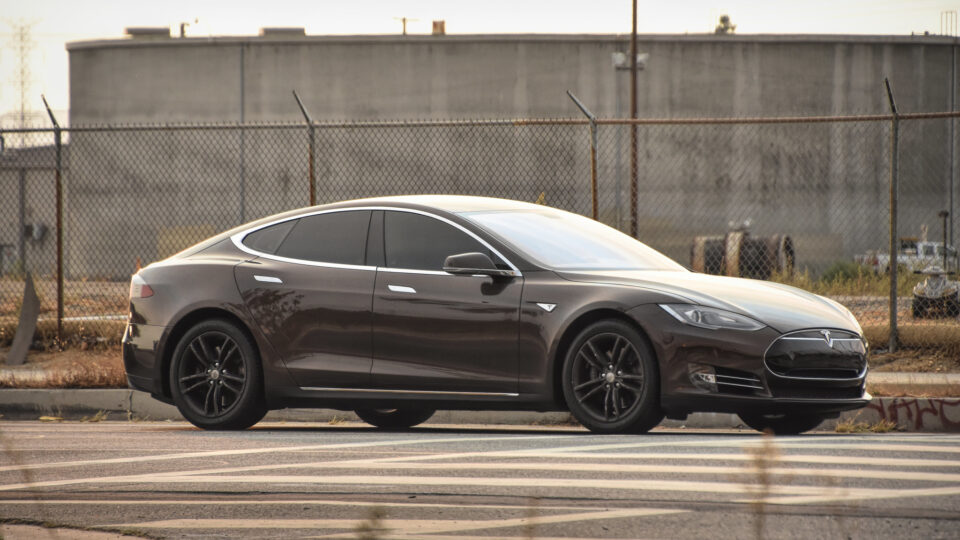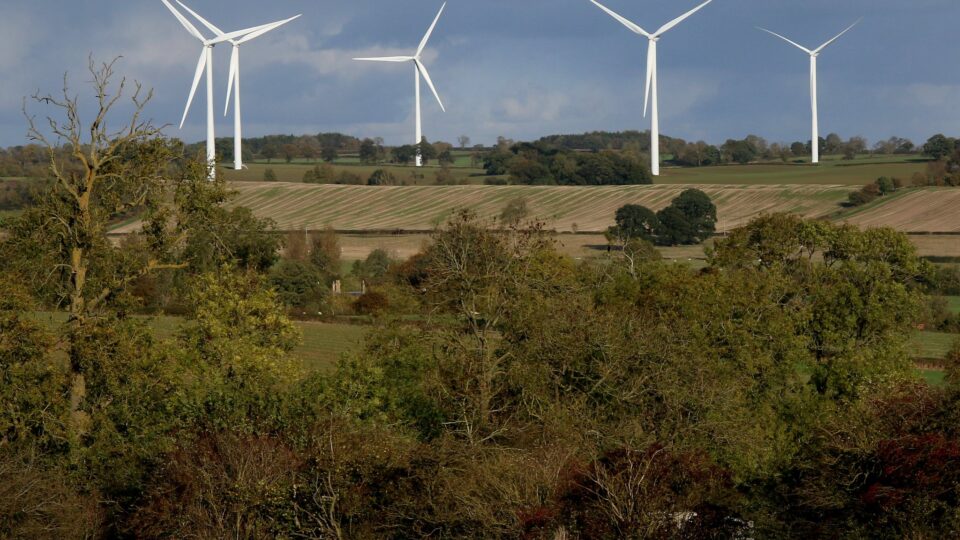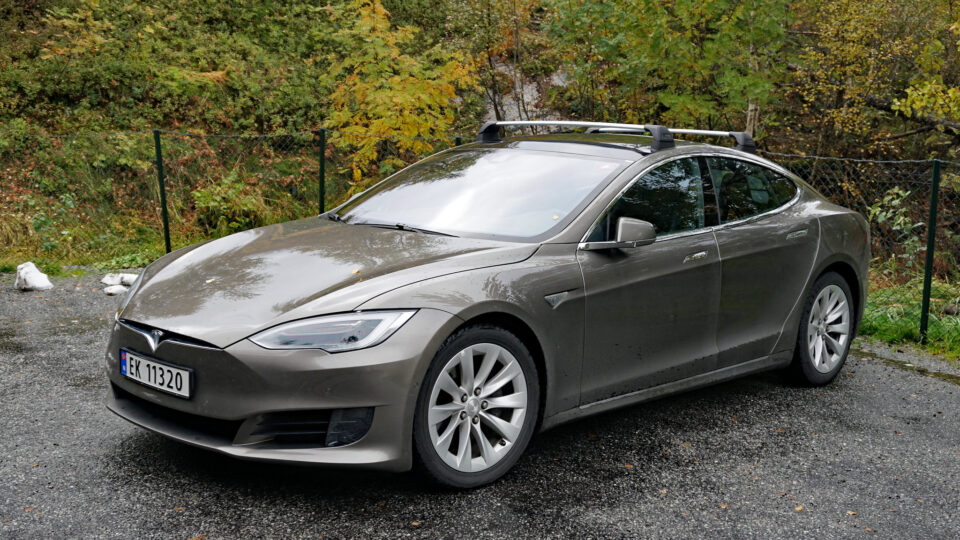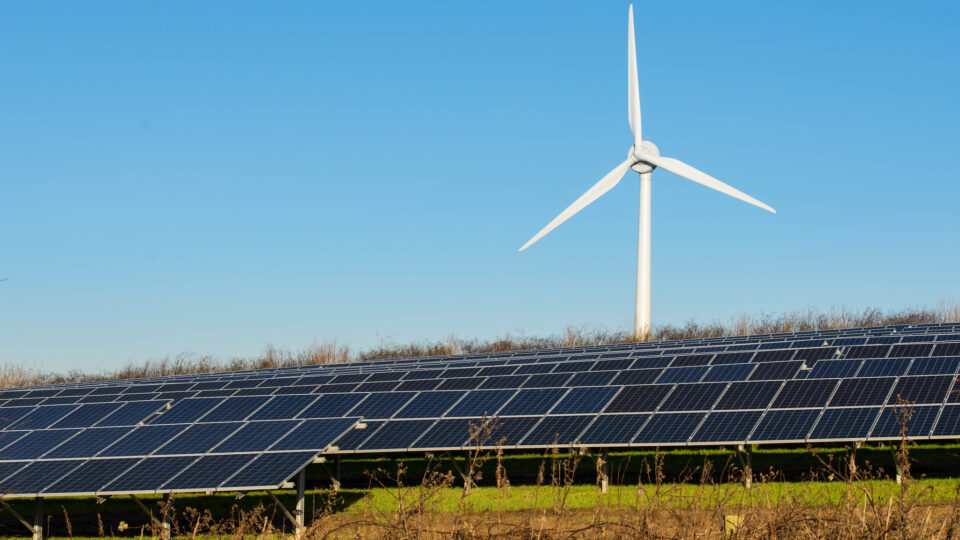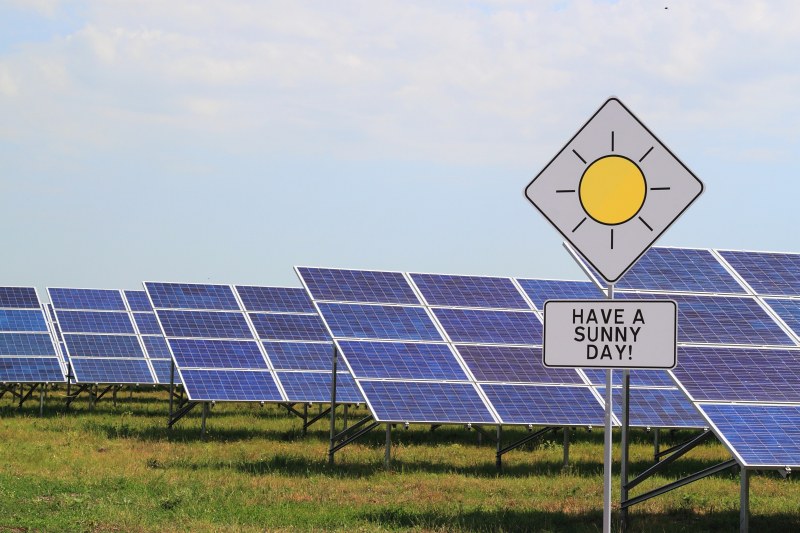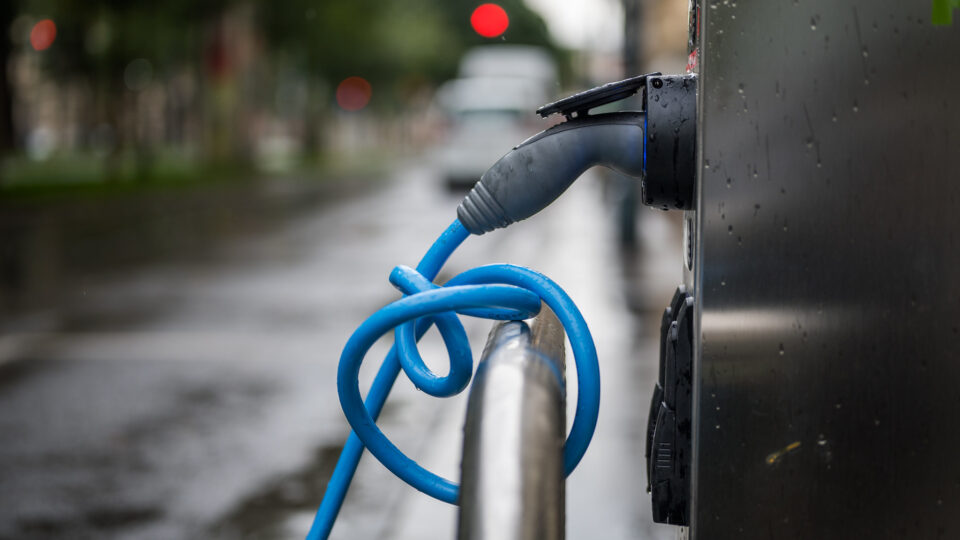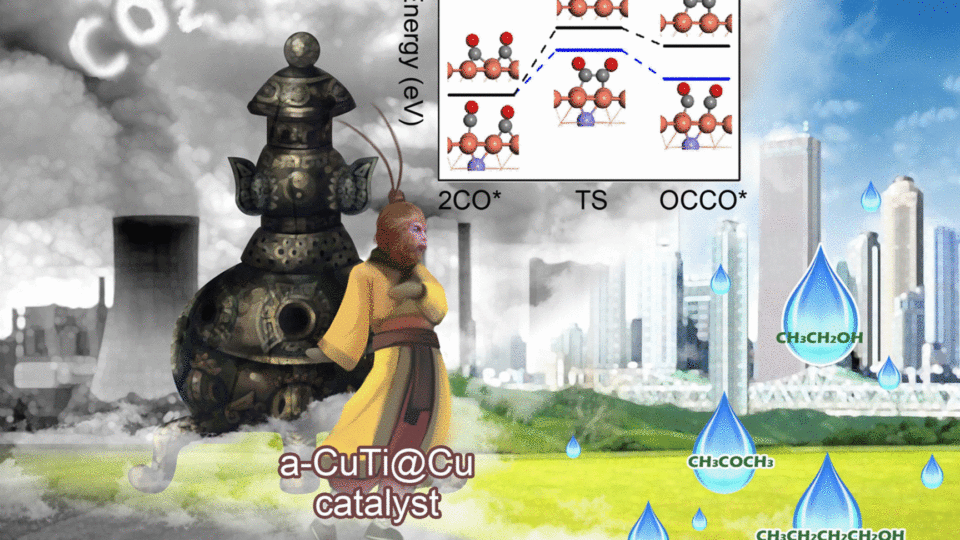There has been lots of talk recently about the transition to electric vehicles sputtering out. Several automakers have delayed their EV programs citing reduced demand for the vehicles and lack of profitability. In the bigger picture, the auto industry as a whole is in a rough patch as rising interest rates and other factors have reduced car buying.
Despite all this doom and gloom talk, sales of electric vehicles will hit an all-time high this year. Adoption of EVs is accelerating more quickly than many people expected and government policies in China, the United States, and Europe have had a significant impact on vehicle sales. In China, 37% of new cars sold last year were electric. The country hit its 2025 target three years early and this year the figure could hit 45%.
But even as electric car sales rapidly increase, oil demand has continued to climb, reaching 100 million barrels a day, slightly more than it was before the COVID-19 pandemic. The International Energy Agency expects that oil demand will peak before the end of this decade, but oil consumption could remain strong for decades unless there is further policy action encouraging the transition away from it.
Some experts say that the IEA’s models don’t take into account how quickly the world is changing. New emission rules are expected to speed the adoption of EVs and plug-in hybrids. In addition, falling battery costs are making the economics of electric vehicles increasingly attractive. If EV adoption accelerates more rapidly than these models predict, then oil consumption could drop much more quickly.
However, the oil industry is deeply embedded in modern life and is not likely to fade away without a fight.
**********
Web Links
EV Sales Are Taking Off. Why Is Oil Demand Still Climbing?
Photo, posted September 9, 2020, courtesy of Chris Yarzab via Flickr.
Earth Wise is a production of WAMC Northeast Public Radio
